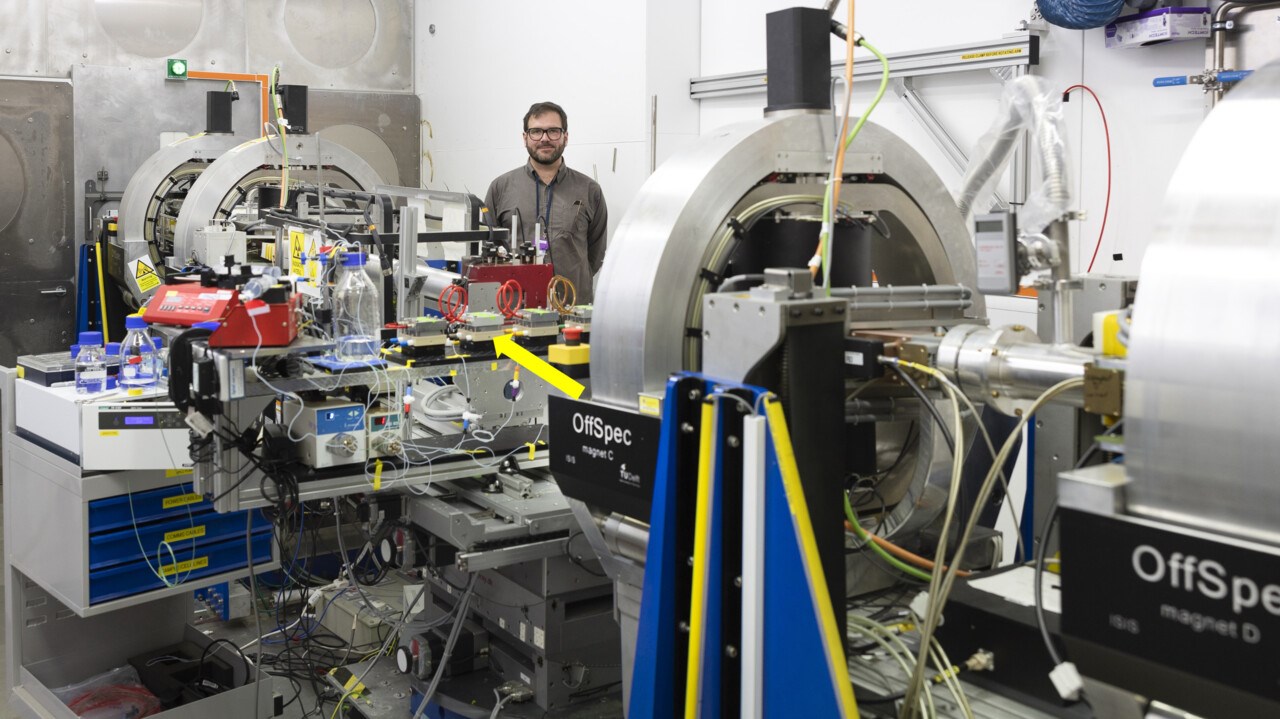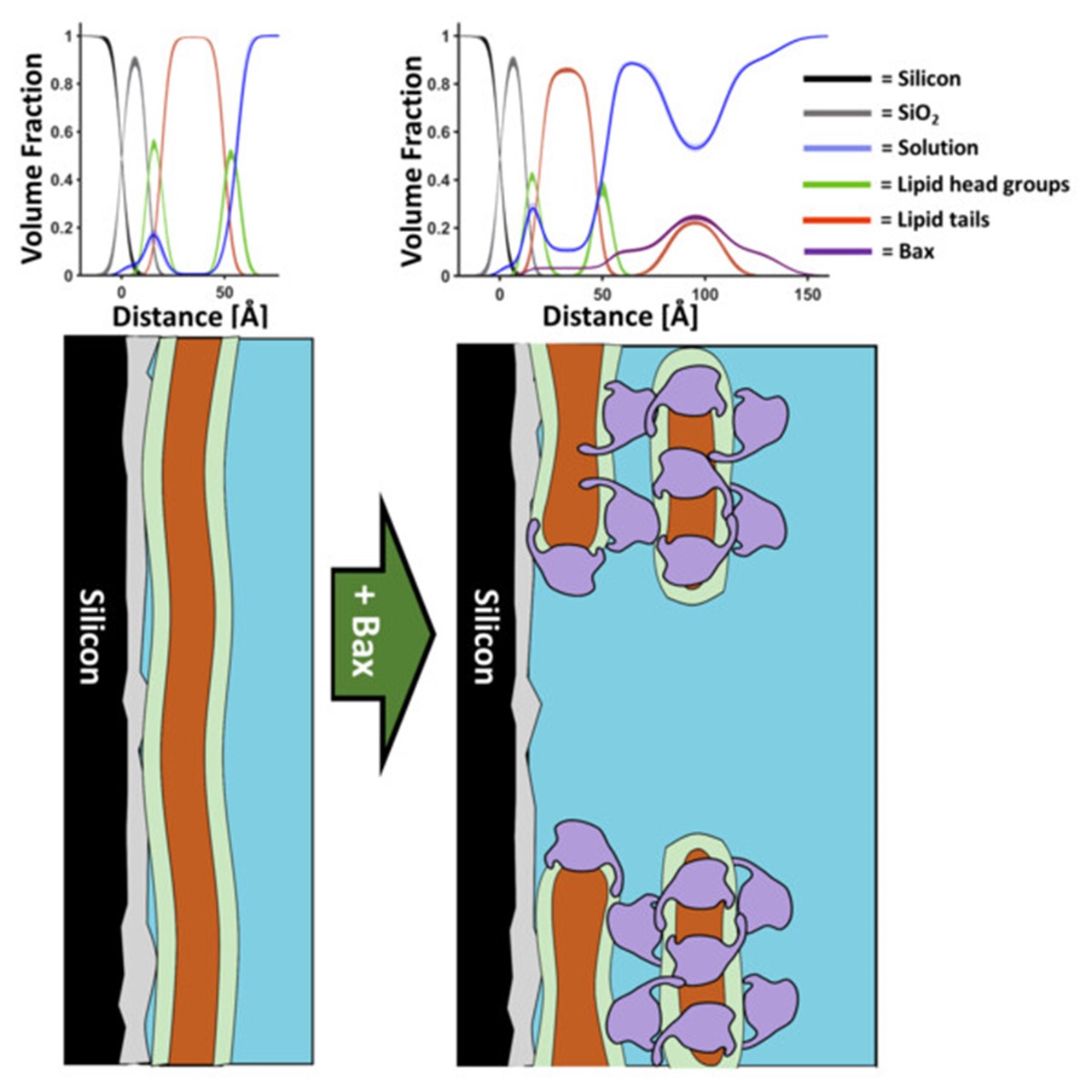About the scientific study:
Luke Clifton, Hanna P. Wacklin-Knecht, Jörgen Ådén, Ameeq Ul Mushtaq, Tobias Sparrman, Gerhard Gröbner, Creation of distinctive Bax-lipid complexes at mitochondrial membrane surfaces drives pore information to initiate apoptosis, Science Advances, DOI 10.1126/sciadv.adg7940





